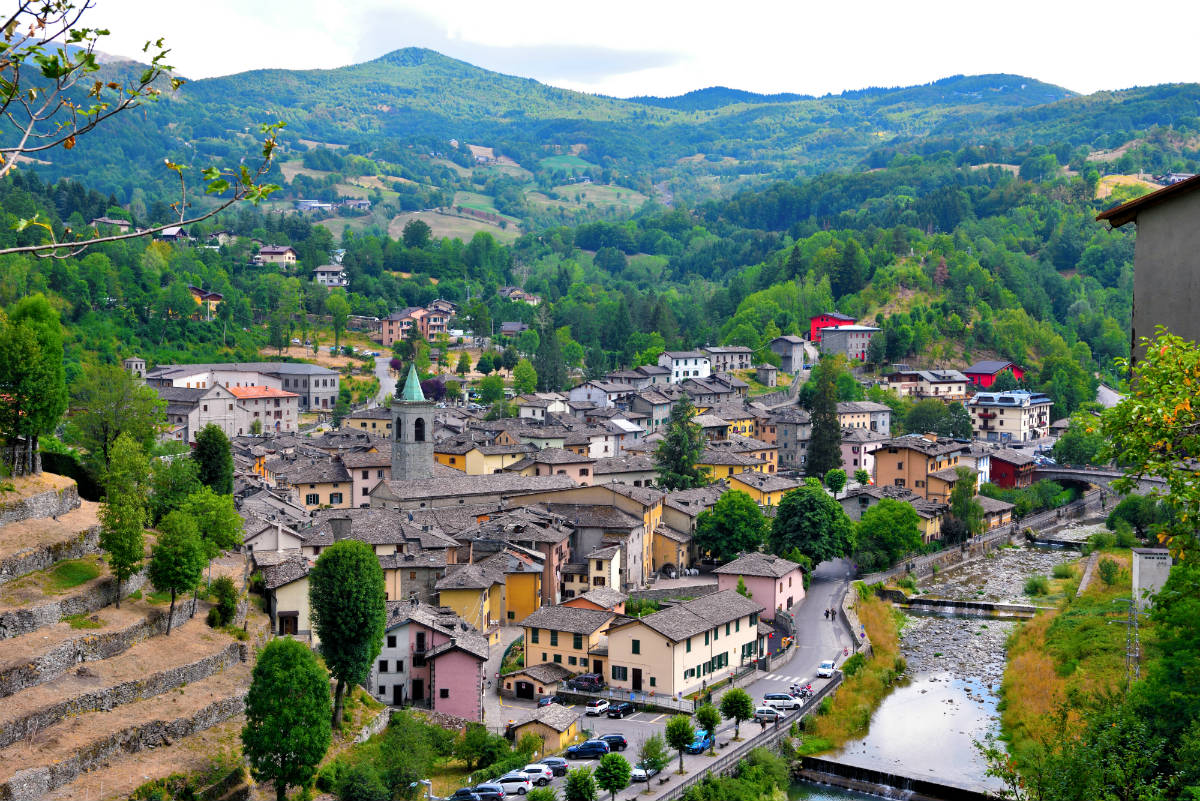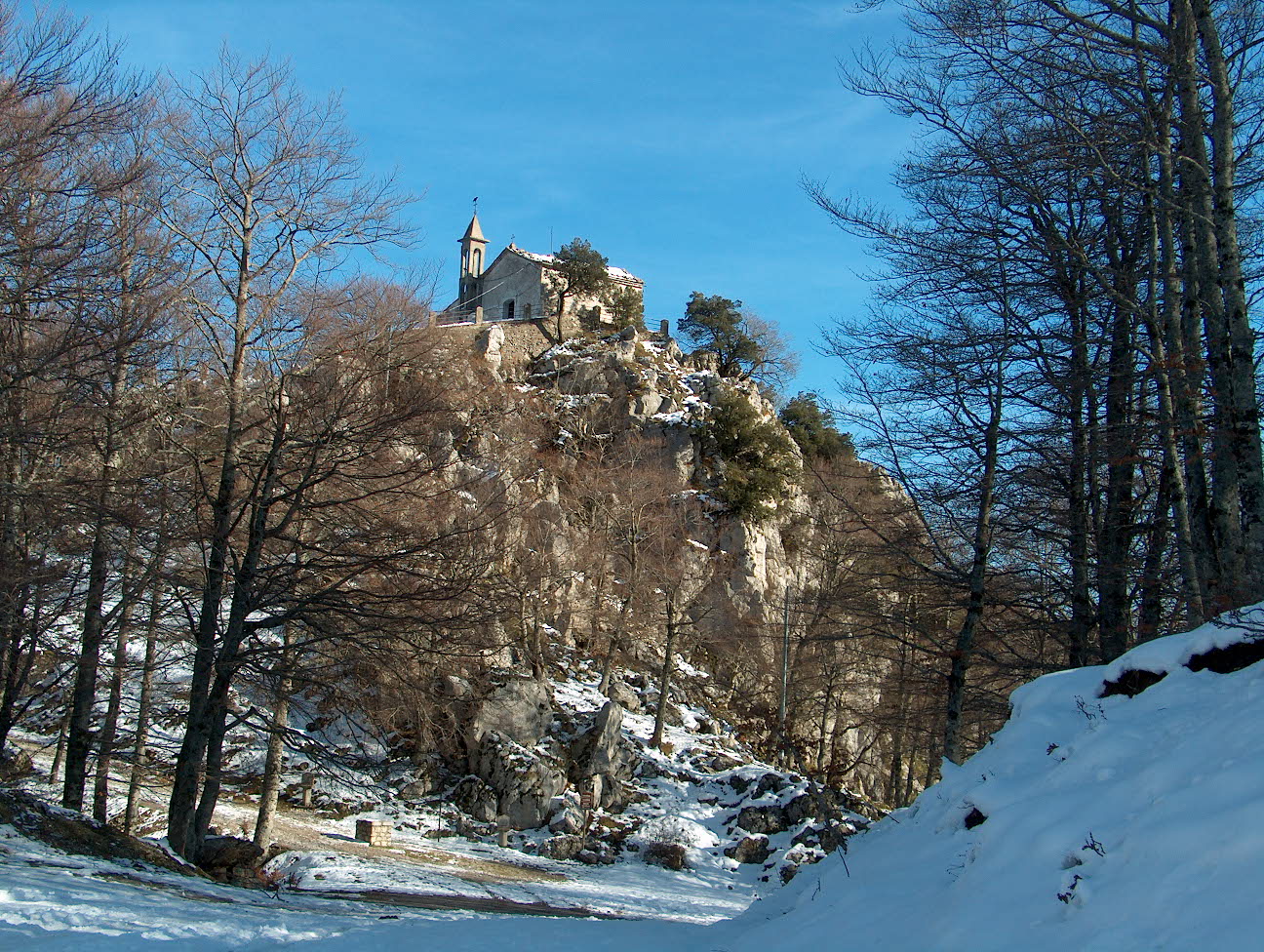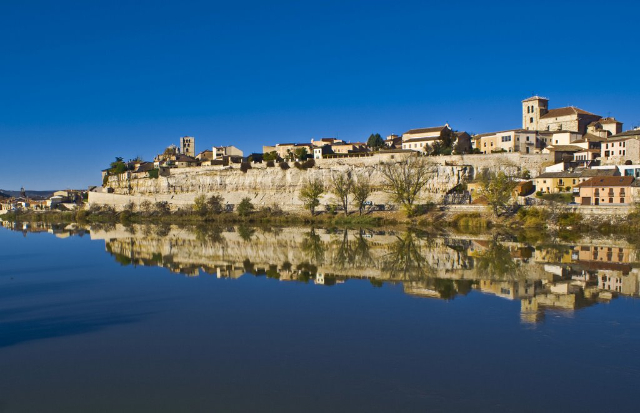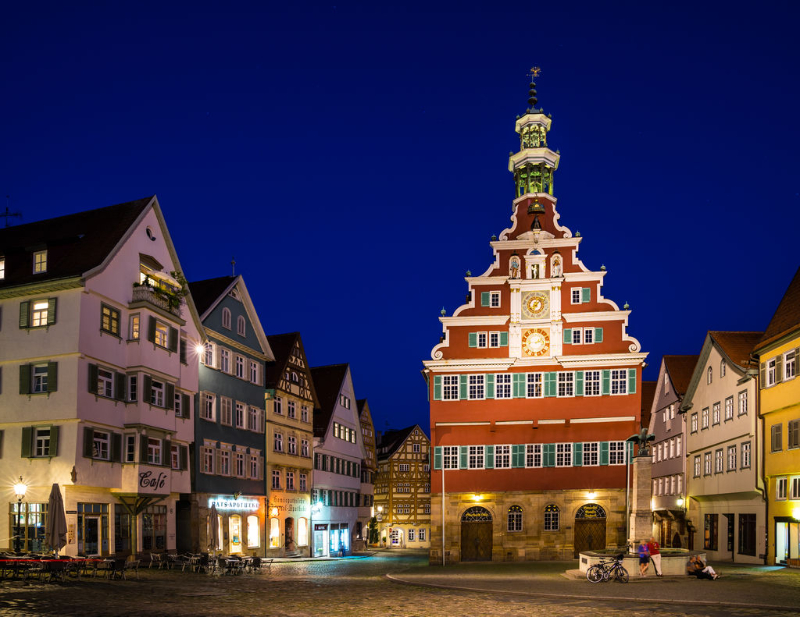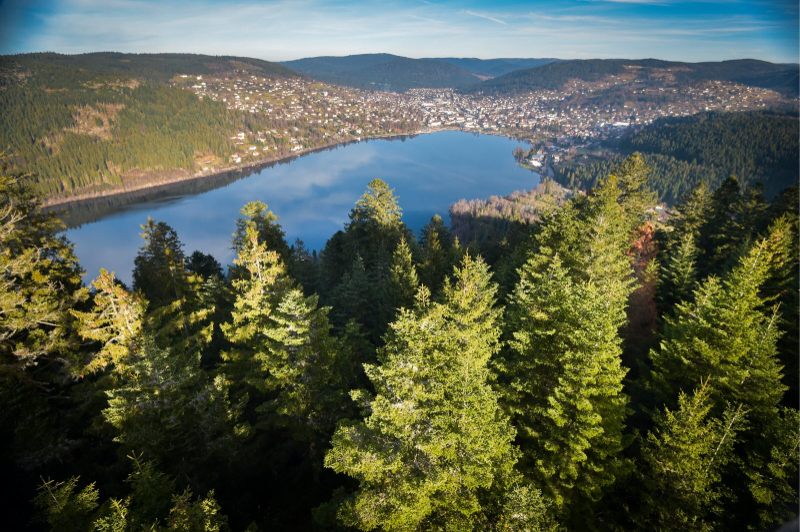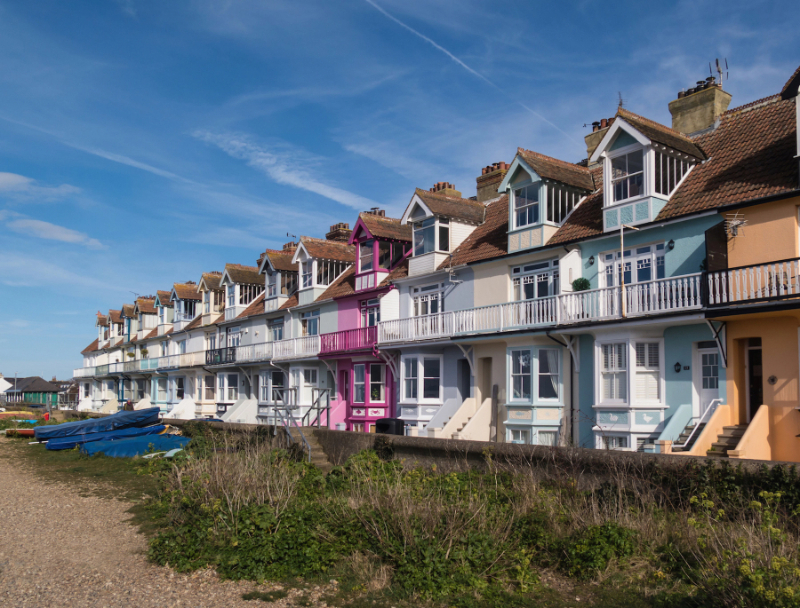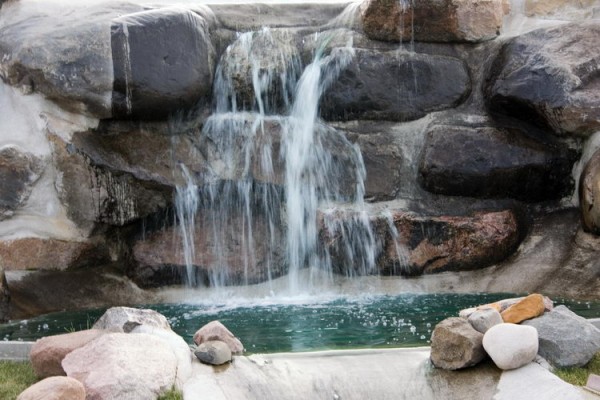We are in the province of Modena, on the border with Tuscany, immersed in the green Frignano Park. Here, at the foot of Mount Cimone, among ancient stone houses with medieval architecture and characteristic Celtic villages, is the small village of Fiumalbo, also known as ‘the village of the Celts’, because of the influences of the people in the area who left huts that can still be visited.
The history of this small town can be measured in the paths, mule tracks and ancient mountain roads that have always connected the Po Valley to the Tyrrhenian coast through the Apennines.
An area of passage whose population during the Roman age, but also before – think of the Celtic occupation – must have been very fluid.
The first settlements date back to the Liguri Friniati, who took refuge here around 175 B.C. after being defeated by Consul Marcus Claudius Marcellus, but the first real news of the village dates back to 1038 A.D., when Marquis Boniface, father of the famous Matilda of Canossa, donated the "Fortress called Fiumalbo" to the Bishop of Modena.
From what we know, and from the remains still preserved today, the village was then composed of a fortress marked by three towers, the ancient church of San Bartolomeo, a small fortified village and a monumental gateway. Remained in the orbit of the duchy of Este, Fiumalbo maintained for centuries the isolated character typical of any other mountain village, marking a first and true development during the 1600s and later in the Modern Age following the great reconstruction occurred after the terrible earthquake that had destroyed part of the town in 1920.
This village is a perfect place to discover even in summer for hiking through forests of fir and beech.
